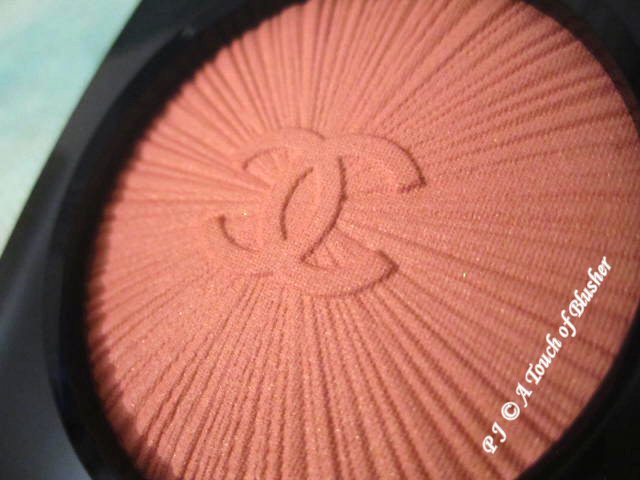With skincare products, the first thing I look at is the ingredient list. With Jaluronic Instant Replenishment and Q10-B5 Cellular Revitalizer from the high-end Italian skincare line Bakel, I am surprised to see their exceptionally short ingredient lists. Bakel claims that its products contain 100% active ingredients, and there seems to be some truth in the statement.
Here are the full ingredient lists of the two products:
– Jaluronic: water, sodium hyaluronate
– Q10-B5: aloe barbadensis leaf juice, glycerin, panthenol, ubiquinone
As you can see, neither of these two products contains alcohol, mineral oil, silicones, PH balancers, colorants, parabens (or any other preservative), or fragrance. The simplicity of the products makes them potentially very suitable for those with sensitive skin.
(The air-tight and opaque bottles help preserve the products to a certain extent. It is suggested that the products be used up in 6 months.)
The moisturizing ingredient in Jaluronic Instant Replenishment is sodium hyaluronate (hyaluronic acid), which is a natural moisturizing factor (NMF) and a good water-binding agent. (Some beauty companies try to make hyaluronic acid sound like a miracle anti-aging ingredient, but many other water-binding agents are just as beneficial.)
I was expecting Jaluronic to be quite watery, but it turned out to have a slippery and slightly viscous watery-gel texture. It spreads very easily on the skin with a very small amount. It takes some time to absorb but it does sink into the skin in the end.
I find that I need to put on a moisturizer before (not after) the serum is completely absorbed. (Otherwise my skin can actually feel quite tight.) This is likely to be due to the fact that this product puts hydration into the skin but doesn’t contain ingredients to hold it. (The rough equivalent would be to apply a toner and leave it to dry (without applying a moisturizer soon enough), which can dry out the skin.)
Q10-B5 Cellular Revitalizer is slightly more viscous than Jaluronic (possibly due to the aloe leaf juice) but the texture is generally similar. (My general thoughts on Jaluronic above apply here.) Aloe barbadensis leaf juice (with antioxidant and anti-inflammatory properties) and glycerin act as water-binding agents in this product.
Panthenol (pantothenic acid) is vitamin B5 and ubiquinone is coenzyme Q10, hence the name of the product. According to Paula Begoun, a small amount of research suggests that pantothenic acid has hydration and wound-healing properties and some research shows that coenzyme Q10 has antioxidant and anti-inflammatory properties.
Some serums can be used as lightweight moisturizers for oilier skin types (if they contain sufficient emollients to help seal in the hydration), but I wouldn’t suggest these two products to be used as moisturizers due to their lack of occlusion.
Overall I like Bakel’s minimalist approach to formulating these two products. Both of them should suit most skin types, including dry and sensitive skin. They are intended to be used as serums, but I think they can also be used as toners. Between the two, I prefer the texture of Jaluronic, but Q10-B5 obviously has more skin-benefiting ingredients.
(In the UK, Bakel is available in Space NK and Harvey Nichols (in London, Manchester, and Leeds).)
(The products featured in this article are provided by Bakel.)
Related posts (on other facial serums):
Lancôme Génifique Youth Activating Concentrate
Prevage Face Advanced Anti-Aging Serum
Elizabeth Arden Intervene Radiance Serum





{ 0 comments… add one now }